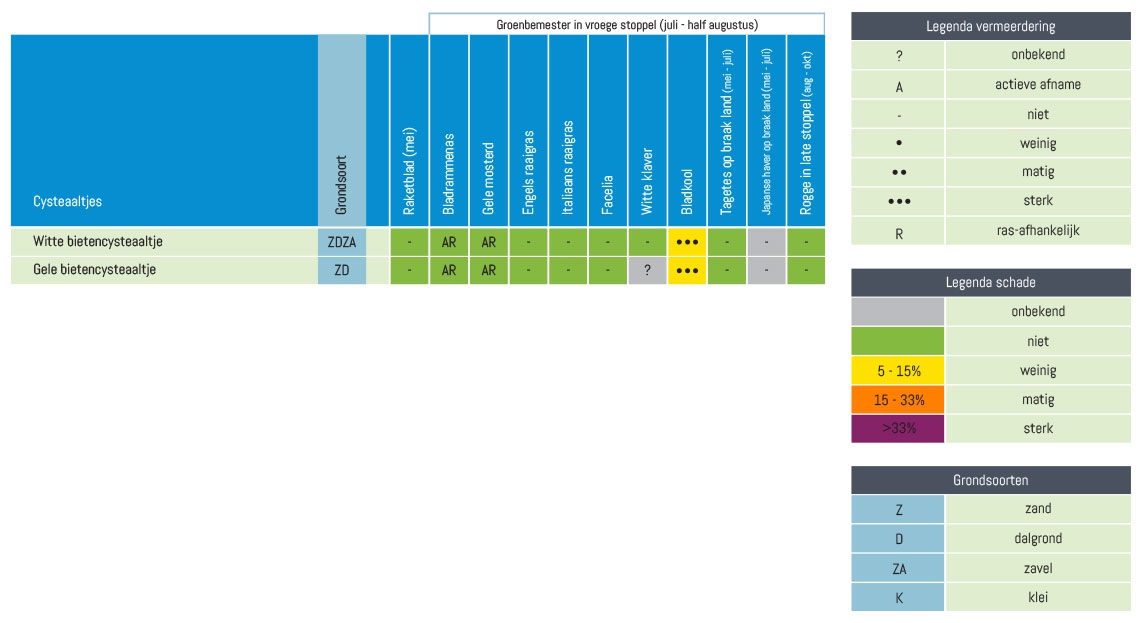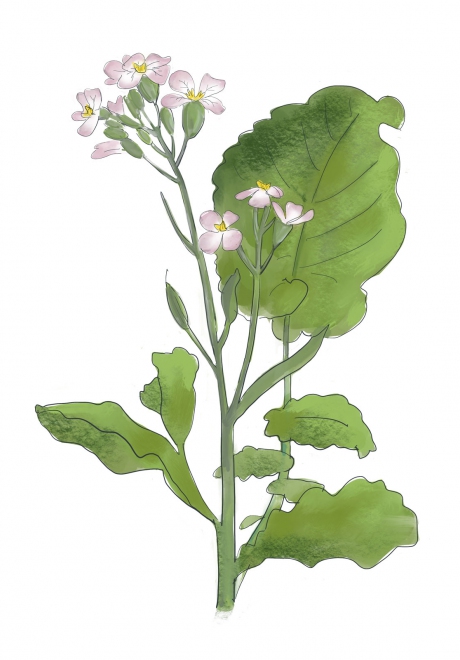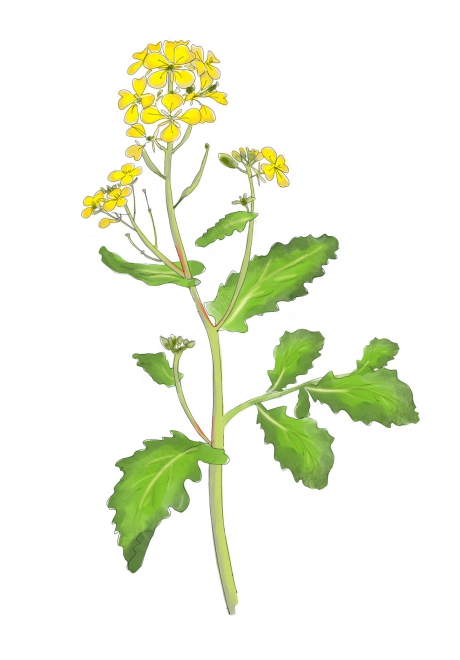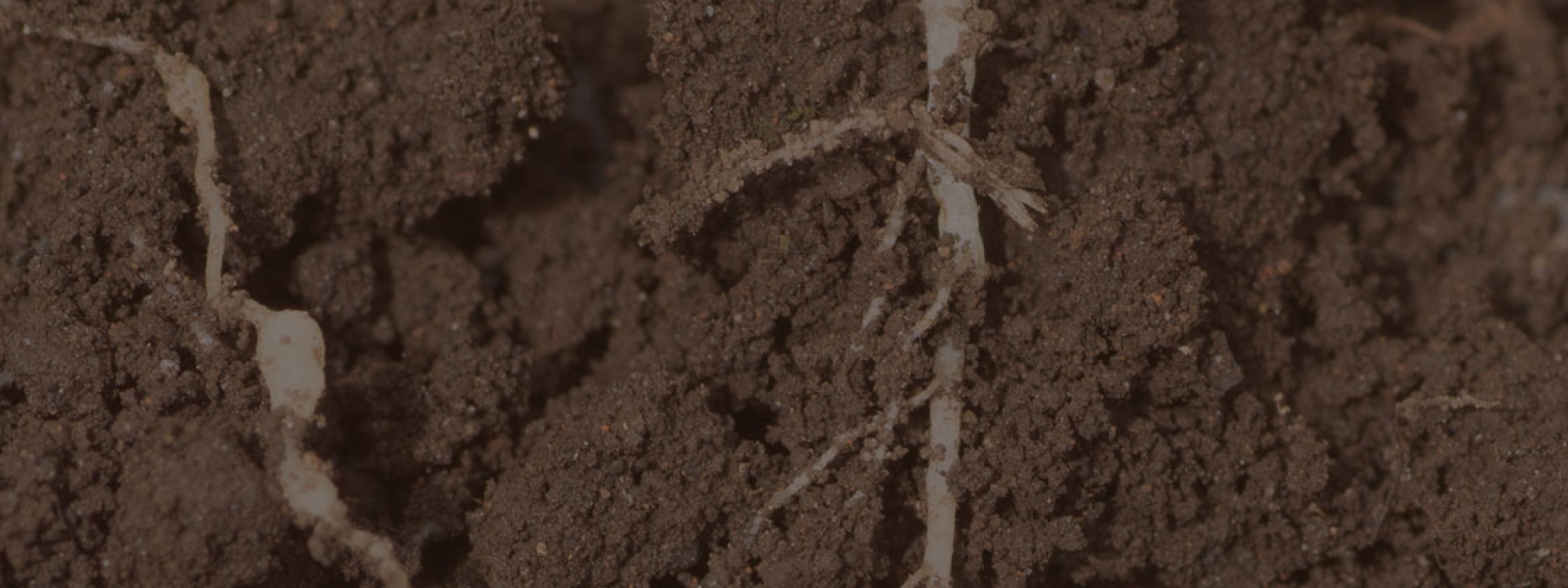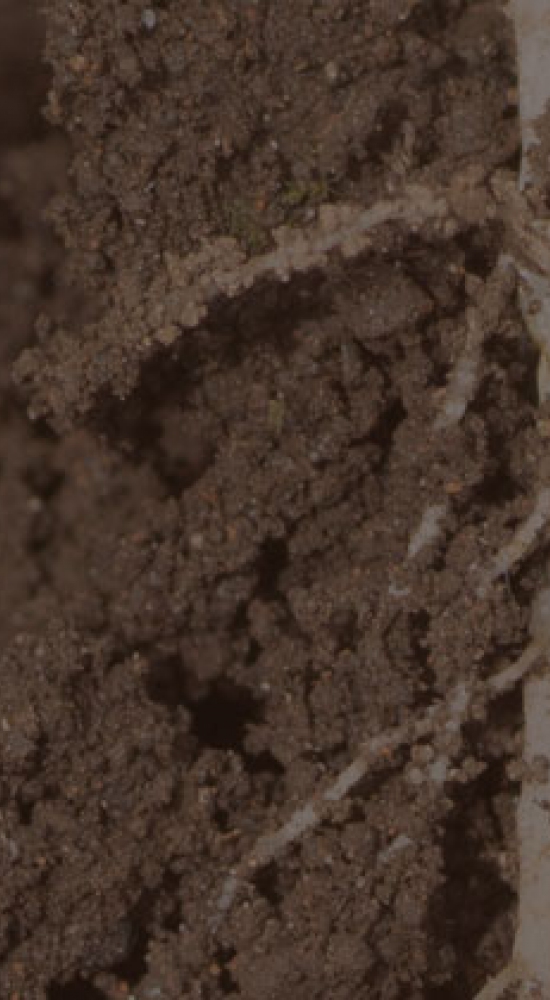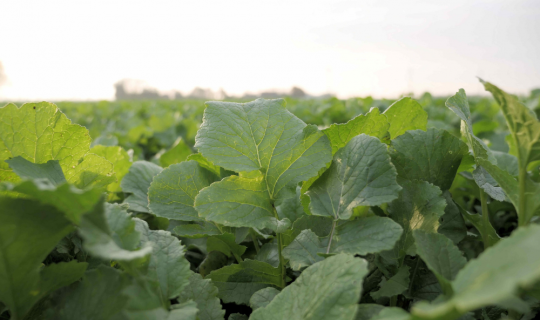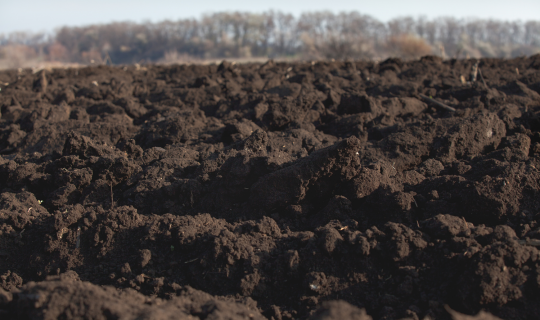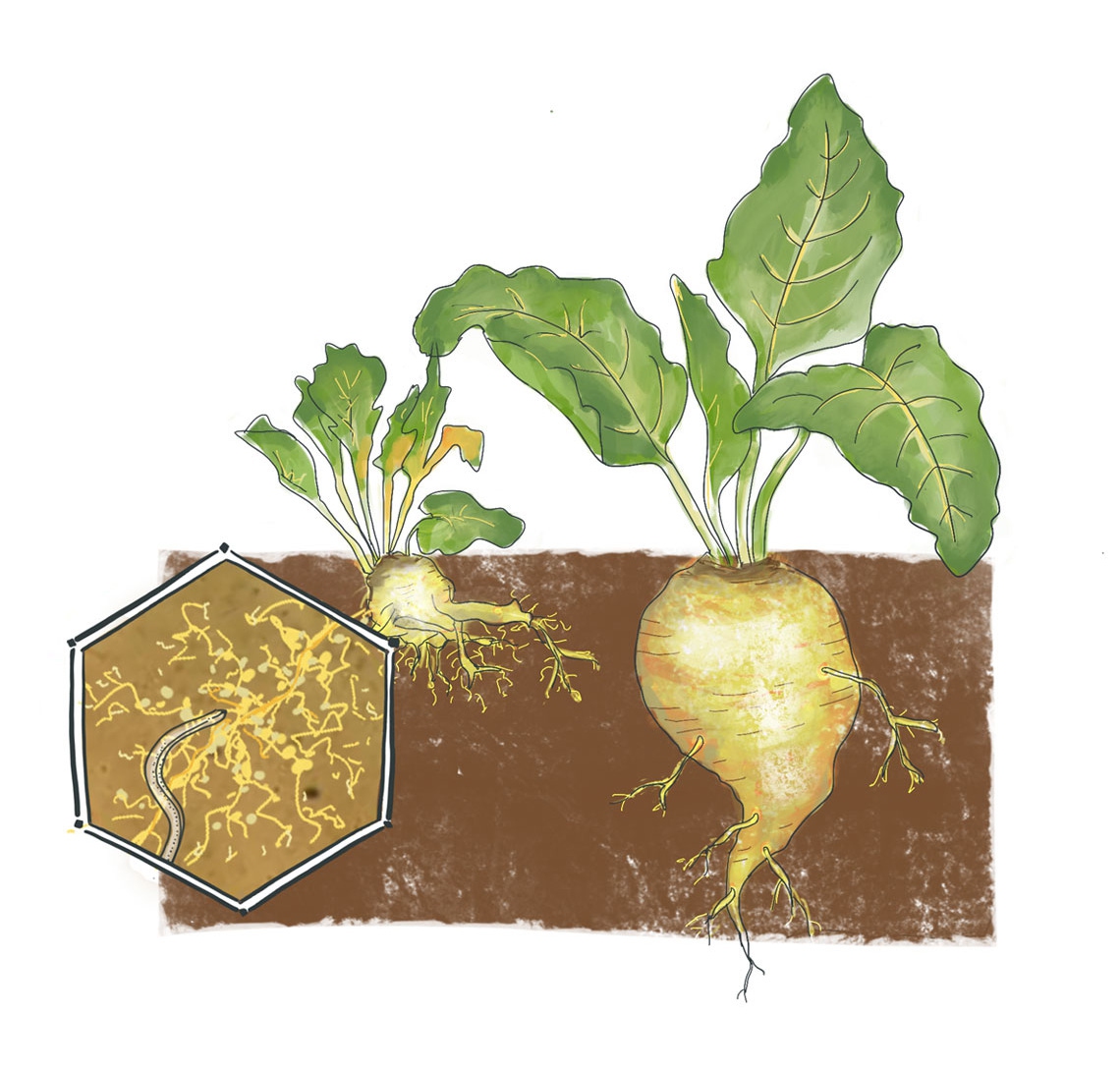
Beet cyst nematodes
Beet cyst nematodes can be divided into the white (H. schachtii) and yellow (H. betae) beets cyst nematode.
Beet cyst nematodes propagate alongside beets on host plants such as spinach, rapeseed, and legumes. After the larvae hatch, they penetrate the roots of a host plant to feed. This creates stunted growth which can lead to plant loss. There may also be patches, visible through hanging leaves.
The white beet cyst nematode becomes active at temperatures above 8°C, the yellow beet cyst nematode above 15°C. The mature females eventually break through the root surface, visible as white cysts. With the yellow beet cyst nematodes, these cysts then change colour from yellow to brown, and with the white beet cyst nematode from white to brown. Three to four generations can develop per year.
Information about the beet cyst nematodes
- Plant failure and at later stages patches on ‘’dormant beets’’
- Severely stunted growth
- Formation of many lateral roots with visible cysts
- Yield loss
- Company hygiene
- Soil sample research with species determination
- More extensive crop rotation with the use of a partially resistant beet variety
- Use of resistant cruciferous green manures (radish, white mustard)
- Soil treatment with nematicide


